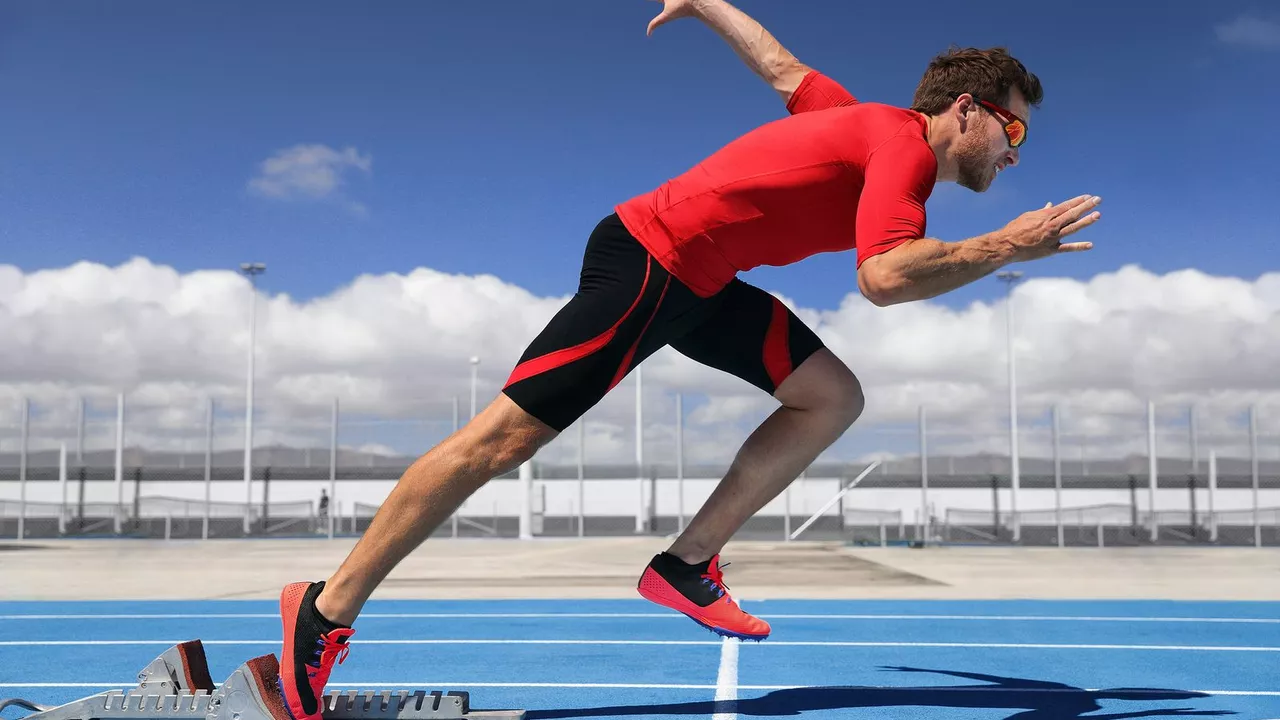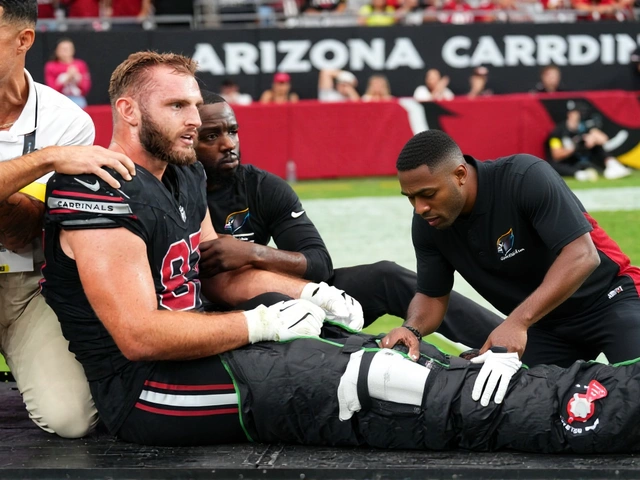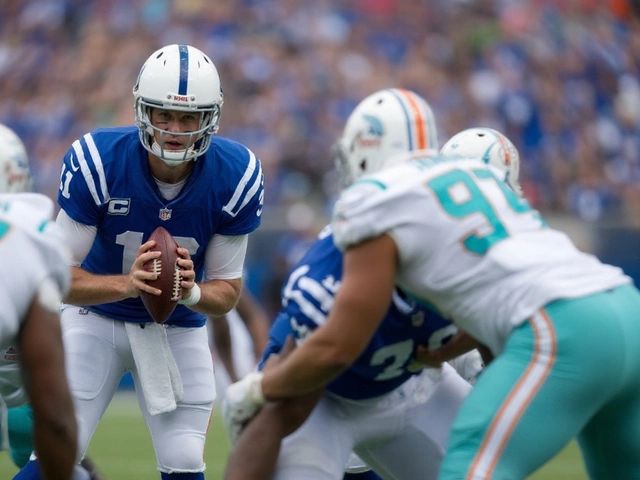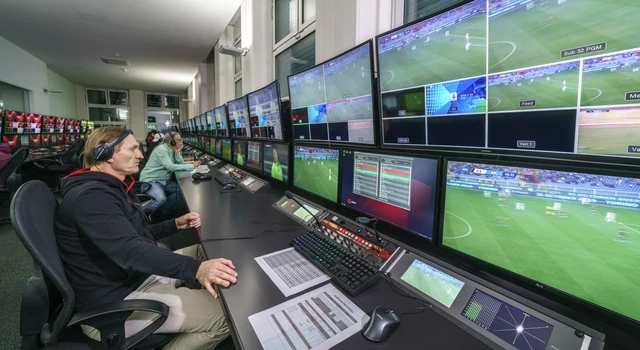Athlete Performance Explained: How BMX Riders Reach Their Best
Ever wonder why some riders nail every trick while others struggle? The answer isn’t magic – it’s a mix of training, gear, and mindset. In this guide we break down the key factors that drive top‑level performance and give you easy steps to level up your own riding.
Physical Prep & Skills
First off, the body is the engine. Strong legs, core stability, and flexible hips let you generate power and stay balanced on the bike. Most pro riders hit the gym two to three times a week, focusing on squats, deadlifts, and plyometric drills. Those moves build the explosive strength needed for jumps and sprints.
Don’t forget cardio. A solid aerobic base helps you recover faster between laps and keeps your heart steady during long sessions. Interval training – 30 seconds hard, 90 seconds easy – mimics the bursts you face on a BMX track.
Skill work is just as important as raw strength. Spend dedicated time on the pump track, practicing one‑footed pedaling and tight cornering. Break down each trick into small parts: approach, launch, mid‑air, and landing. Repeating those micro‑steps builds muscle memory, so the whole move feels automatic.
Stretching and mobility keep you pain‑free. A quick 5‑minute routine after each ride – focusing on hamstrings, hip flexors, and lower back – can add years to your riding career.
Gear & Tech that Boost Performance
The bike itself is a performance tool. Frame geometry, wheel size, and tire pressure all affect how you handle the track. A shorter top tube gives quicker steering, while a longer chainstay adds stability on big jumps. Experiment with small changes; even a 2‑mm difference can feel huge.
Weight matters, but don’t shave off anything you need for strength. Replace heavy steel components with lightweight aluminum or carbon where you can, but keep the parts that feel solid under your feet.
Data is your new coach. Many riders now use power meters and cadence sensors to see how hard they’re pushing. A simple bike‑mounted speed sensor can highlight where your speed drops on a lap, letting you target those sections in practice.
Nutrition fuels performance. Aim for a balanced meal with carbs, protein, and healthy fats 2‑3 hours before riding. During long sessions, sip a sports drink or grab a banana to keep blood sugar steady.
Mental game is often overlooked. Visualize your run before you step on the bike. Picture each turn, each jump, and the perfect landing. This mental rehearsal primes the brain and reduces anxiety when you’re actually on the track.
Finally, rest is non‑negotiable. Sleep lets your muscles repair and your brain consolidate the new skills you practiced. Try to get 7‑9 hours a night, and take at least one full rest day each week.
Putting these pieces together – strength, skill drills, smart gear choices, data tracking, nutrition, and mental prep – creates a solid foundation for peak performance. You don’t need to master everything at once; start with one area, stick to it for a few weeks, then add another.
Want a quick action plan? Pick a focus: do three strength sessions this week, then add a 20‑minute interval run on Saturday, and finish with a 10‑minute bike setup tweak on Sunday. Repeat, and you’ll notice steadier lap times, cleaner tricks, and less fatigue.
Remember, every rider’s journey is unique. Use these guidelines as a roadmap, but listen to your body and adjust as needed. With consistent effort, you’ll see measurable improvement and enjoy riding more than ever.

How to scientifically explain good days and bad days in sports?
- Date: 23 Jul 2023
- Categories:
- Author: Declan Rutherford
In my latest blog post, I delve into the scientific explanation behind having good and bad days in sports. I explore how factors like physical health, mental state, and external conditions can significantly impact an athlete's performance. Our bodies and minds are intricate systems that don't always function at 100%, which can explain fluctuations in performance. Additionally, elements such as weather, equipment, or even an opponent's strategy can influence the outcome of a game. Understanding these aspects can help athletes better prepare and possibly turn a potentially bad day into a good one.




